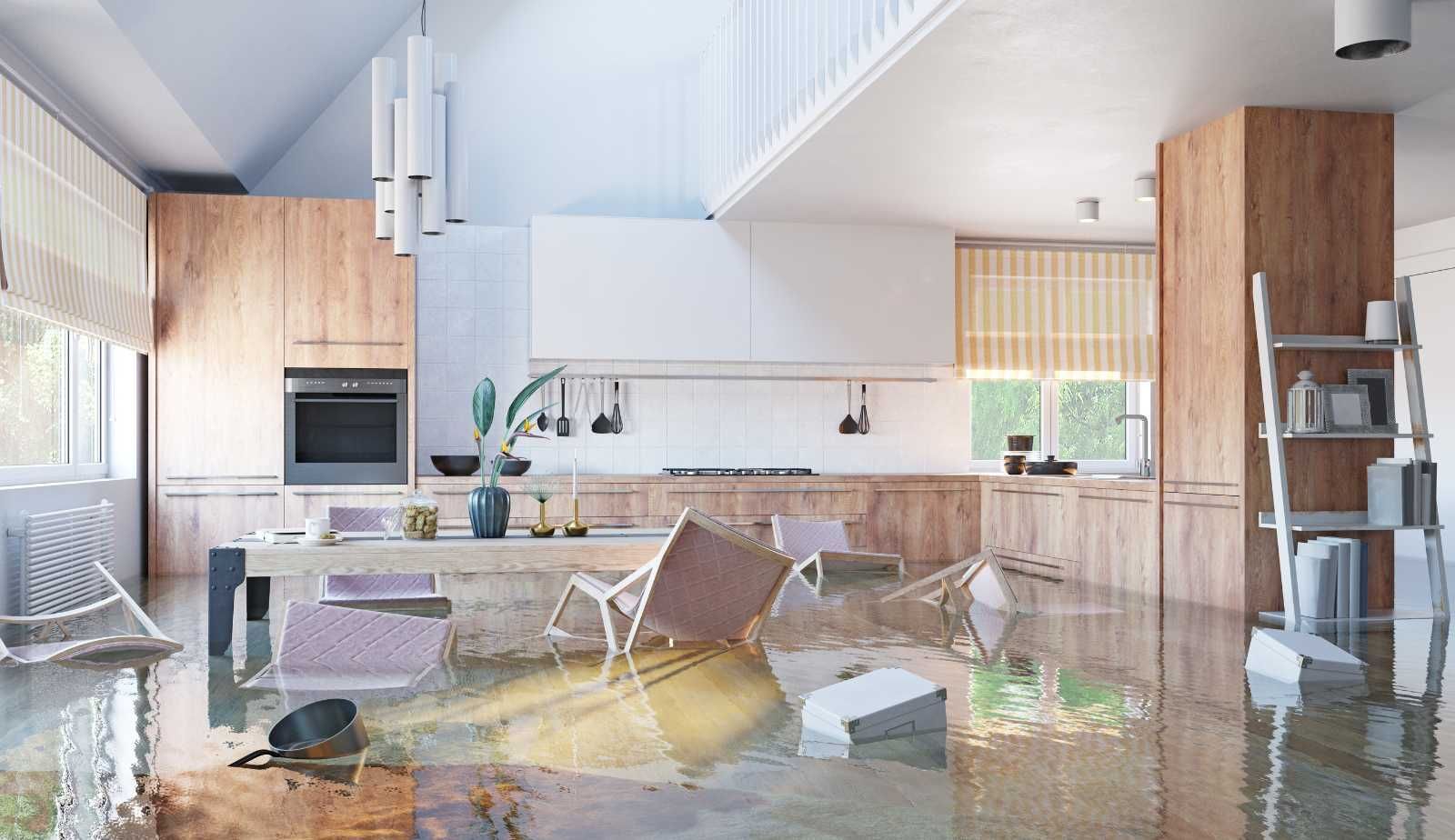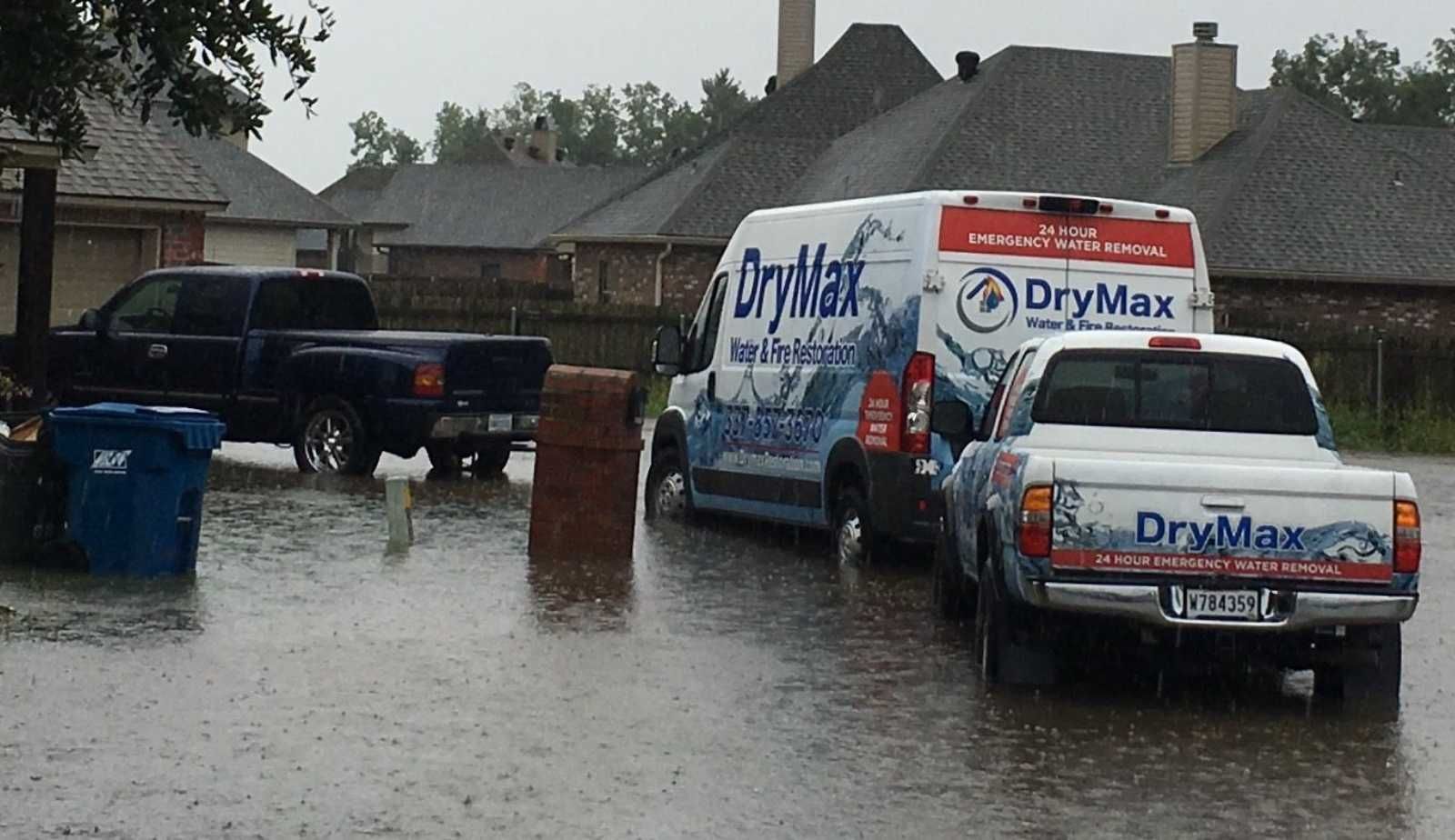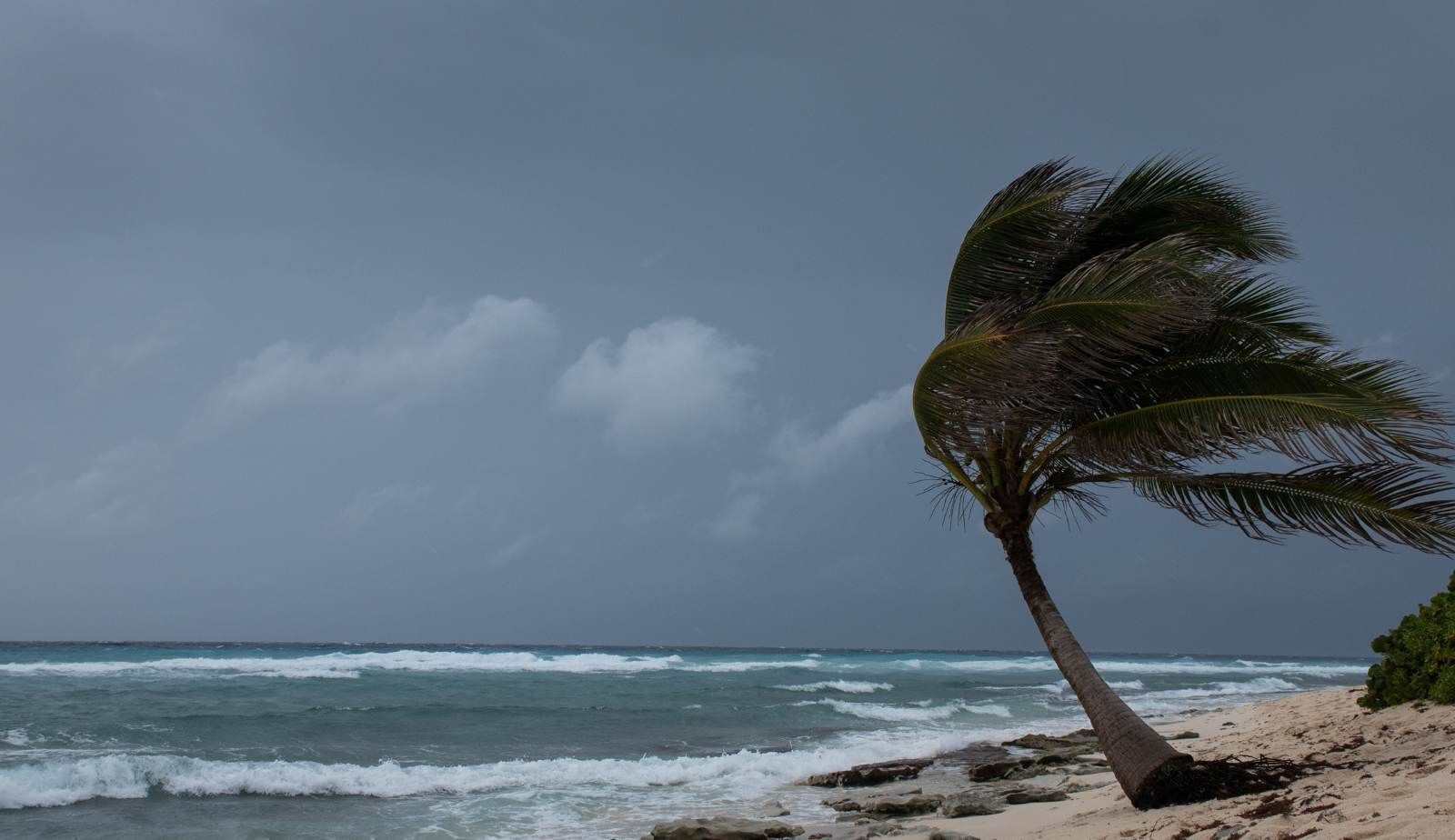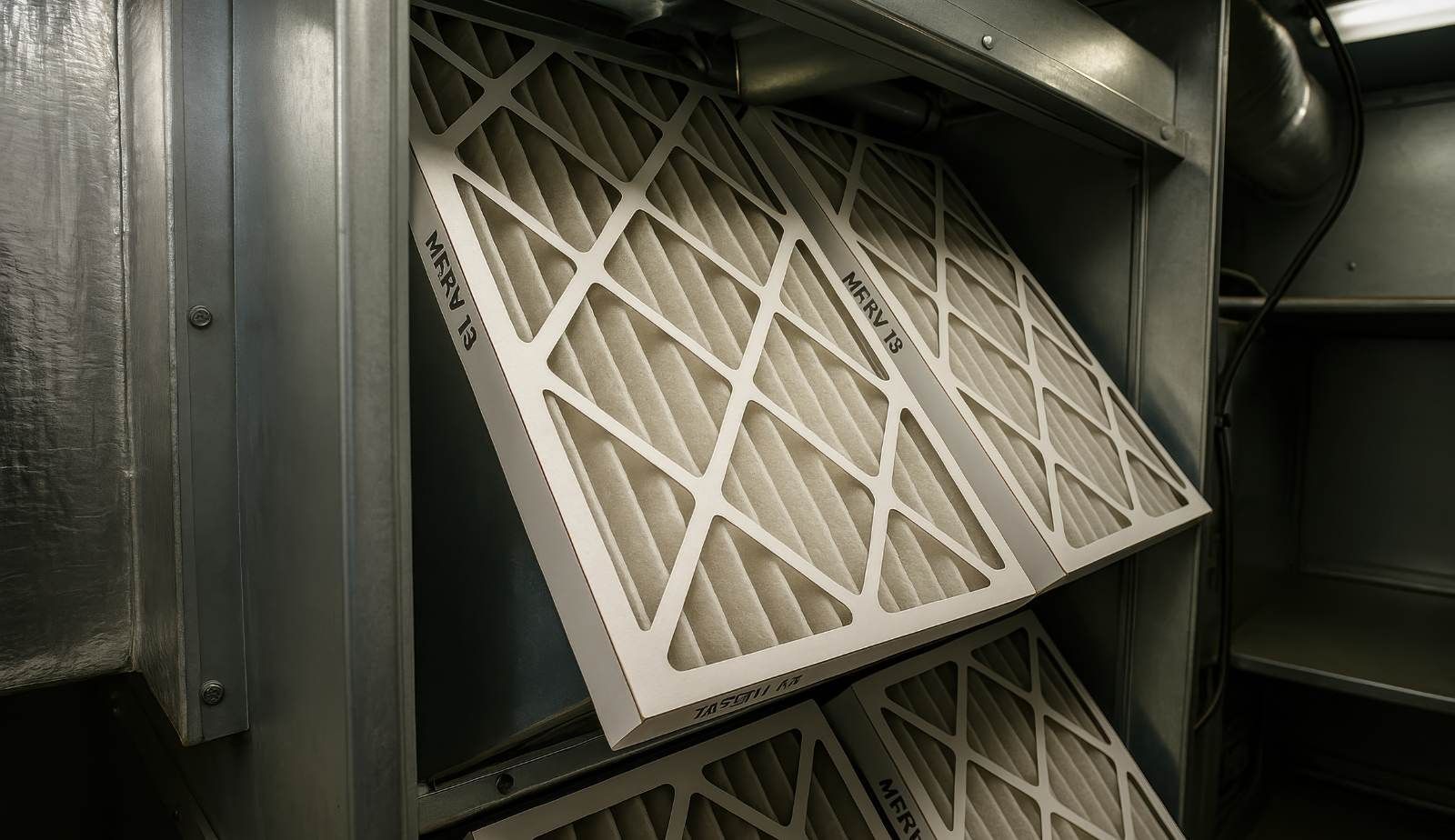Restoring Your Valuables: The Essential Guide to Cleaning Contents After a Fire or Flood
Learn how professional restoration companies handle contents cleaning and restoration after a fire or flood, ensuring the salvage and restoration of valuable belongings and sentimental items.

Introduction to Contents Cleaning After a Fire or Flood
Cleaning and restoring contents after a fire or flood is a complex process that involves the expertise of professional restoration companies. Contents cleaning to address the diverse damages caused by smoke, mold, and water. For example, in the aftermath of a flood, water-soaked furniture may require specific drying techniques to prevent further damage and mold growth, highlighting the crucial role of tailored restoration methods in salvaging belongings. Furthermore, the decision-making process between restoring or replacing contents post-disaster involves a meticulous assessment of the damage sustained. While some items may be salvageable through restoration efforts, others might be more cost-effective to replace, emphasizing the importance of a balanced approach to restoration decisions.
Immediate action post-disaster is essential not only to salvage belongings but also to mitigate secondary damages, underscoring the urgency and benefits of a swift response in the restoration process. By promptly addressing the damage, the likelihood of salvaging items increases significantly, leading to more successful restoration outcomes. This proactive approach can prevent secondary damage to contents and belongings, preserving the integrity of the items and facilitating the restoration process [3]. Therefore, taking quick action post-disaster is crucial for minimizing losses, streamlining the restoration process, and aiding in the timely recovery of both property and belongings.
Understanding the Importance of Contents Restoration
Preserving personal items like family heirlooms and photographs holds immense sentimental value for individuals affected by disasters. For instance, a family heirloom passed down for generations or a collection of cherished photographs can carry irreplaceable memories. Professional restoration companies play a vital role in ensuring the efficient handling of both building and content restoration, emphasizing the significance of recovering these valuables. By meticulously cleaning and restoring these items, restoration specialists contribute not only to salvaging physical possessions but also to aiding in the emotional recovery process for those who have endured property damage. The reassurance of salvaging meaningful belongings can provide a sense of comfort and continuity amidst the chaos and upheaval caused by disasters.
Professional restoration companies like DryMax Mold blend technical expertise with emotional support to aid in the recovery process after disasters. By providing a holistic approach to restoration, these companies ensure that not only the physical items but also the emotional well-being of individuals are taken care of during the restoration process. This combination of technical proficiency and compassionate assistance underscores the commitment of restoration specialists to deliver comprehensive support to individuals and communities facing the aftermath of disasters.
Different Types of Damage and Restoration Methods
When it comes to items like wood furniture, the restoration methods employed vary depending on the type and extent of damage they have sustained. For example, furniture affected by smoke may require specialized cleaning techniques to remove soot and odor, while water-damaged wood furniture may need thorough drying and refinishing to prevent further deterioration. Restoration methods for wood furniture may involve techniques such as deodorizing, refinishing, or repairs based on the extent of damage.
Water damage restoration is generally more feasible than restoring items damaged by sewage water. The toxins and bacteria present in sewage water can pose health risks and make restoration efforts challenging. In such cases, professionals may deem certain items irreparable due to the extent of contamination, emphasizing the importance of immediate action to salvage salvageable belongings. The success of fire and smoke damage restoration also hinges on the timely and appropriate treatment methods applied. Different types of smoke residue require specific cleaning approaches to effectively eliminate odor and residue. For example, items affected by protein-based smoke residue from kitchen fires may need degreasing agents for thorough cleaning, showcasing the importance of tailored restoration methods.
Salvaging Belongings and Furniture Post-Disaster
Professional restoration companies prioritize the salvage and restoration of meaningful items like antiques and personal memorabilia to ensure that sentimental belongings are preserved post-disaster. For instance, in the case of a family heirloom damaged by a fire, restoration specialists may employ specialized techniques to clean, repair, and restore the item to its original condition. Immediate treatment of damaged belongings increases the likelihood of successful restoration outcomes, highlighting the importance of swift action in salvaging valuables.
Clothing, fabric items, electronics, and documents can be effectively restored post-fire or flood with specialized cleaning techniques offered by restoration companies like DryMax Mold. By utilizing advanced equipment and methods, these professionals can address a wide range of damages caused by disasters, ensuring that various types of contents, including furniture and personal belongings, are restored to their pre-damaged state. This meticulous approach not only salvages physical items but also helps individuals recover emotionally by restoring their valued possessions.

The Role of Professional Restoration Companies
Professional restoration companies play a crucial role in the aftermath of disasters by providing comprehensive services to clean and restore contents effectively. These companies employ highly skilled restoration specialists who follow a systematic approach to ensure thorough restoration of items post-disaster. DryMax Mold, for example, boasts a team of trained technicians with expertise in a wide range of restoration services, including water damage restoration, fire damage restoration, and mold remediation [7]. By leveraging their knowledge and experience, these professionals can handle various types of damage caused by fires, floods, or mold infestations efficiently.
In addition to the technical aspects of restoration, professional companies like DryMax Mold provide emotional support to individuals coping with the aftermath of disasters. This compassionate approach ensures that clients receive holistic support throughout the restoration process, aiding in their emotional healing and recovery journey. By prioritizing both the physical restoration of contents and the emotional well-being of clients, these companies contribute significantly to the overall recovery process after disasters.
Insurance Coverage for Contents Restoration
Understanding the role of insurance coverage in contents restoration is crucial in the aftermath of a disaster like a fire or flood. Insurance policies typically lean towards restoration rather than replacement, especially considering the extent of damage and the specific terms outlined in the policy. Immediate action and proper documentation post-disaster are crucial in expediting insurance claims for contents restoration, ensuring a smooth process for homeowners.
Insurance restoration policies often cover the costs of contents cleaning and restoration services, relieving financial burdens on homeowners. By initiating the restoration process and insurance claims promptly after a disaster, individuals can alleviate financial stress and expedite the recovery of their belongings with the support of insurance coverage. This coordinated effort between homeowners, restoration specialists, and insurance providers enhances the efficiency and success of contents restoration post-disaster, ensuring that individuals can restore their belongings without significant financial strain.
Specialized Contents Cleaning Services Offered by DryMax Mold
DryMax Mold provides a wide array of specialized contents cleaning services to cater to various post-disaster restoration needs, ranging from mold removal to biohazard cleanup [7]. For example, in the case of mold-damaged items, DryMax Mold's professionally trained technicians utilize advanced removal techniques and equipment to efficiently eliminate mold and restore the affected contents to their pre-damage condition. By leveraging their expertise and specialized equipment, DryMax Mold ensures that various types of contents, including furniture and belongings, are thoroughly cleaned and restored post-disaster.
DryMax Mold offers comprehensive services, including water & fire restoration, and duct cleaning, to address a wide range of restoration needs. Customer reviews highlight the professionalism and thoroughness of DryMax Mold's services, emphasizing the company's commitment to quality and client satisfaction. By providing a range of specialized services and maintaining high standards of workmanship, DryMax Mold stands out as a trusted partner in the realm of contents cleaning and restoration.
Benefits of Immediate Action Post-Disaster
Taking immediate action post-disaster significantly increases the chances of successful restoration and salvage of belongings, preventing further damage and enhancing restoration outcomes. By promptly addressing the damage and initiating the restoration process, individuals can salvage items effectively, minimizing losses and expediting the recovery process. Immediate treatment of damaged items is crucial in preventing secondary damage and preserving the integrity of contents and belongings post-disaster.
Quick response post-disaster can prevent secondary damage to contents and belongings, enhancing restoration outcomes. The Forest Service's Burned Area Emergency Response (BAER) program focuses on post-wildfire threats and emergency stabilization efforts to prevent further damage. For instance, prompt cleaning of smoke residue from items can prevent further corrosion and damage, ensuring that the restoration process is more successful. By acting swiftly, individuals can mitigate additional harm to their belongings and facilitate a more efficient restoration process, ultimately leading to better outcomes and minimizing the impact of the disaster on their property.
Initiation of the restoration process and insurance claims immediately after a disaster is crucial to expedite the recovery process.
By promptly contacting restoration specialists and insurance providers, individuals can kickstart the restoration efforts, ensuring that damaged items are addressed promptly and efficiently. This proactive approach not only accelerates the restoration timeline but also streamlines the claims process, reducing the overall impact of the disaster on the affected individuals. Therefore, immediate action post-disaster plays a pivotal role in minimizing losses, aiding in the timely recovery of both property and belongings, and ensuring a smoother restoration process.

Importance of Professional Handling and Documentation
Professional restoration companies play a crucial role in ensuring the safe and efficient handling of items during the restoration process. For example, DryMax Mold's team of trained technicians not only prioritize the safety of the working environment but also carefully categorize and stage items for thorough cleaning and restoration. By utilizing specialized equipment and techniques, these professionals can effectively eliminate smoke, mold, and water damage from various contents, including furniture and personal belongings, ensuring a successful restoration process.
Thorough documentation, including sketches, photographs, and detailed reports, is essential for quality assurance and insurance claims purposes in the content restoration process. This meticulous documentation serves as comprehensive evidence of the damage incurred post-disaster, facilitating insurance claims and ensuring that every item is meticulously inspected, cleaned, and restored to pre-disaster conditions. By combining technical expertise with emotional support, restoration specialists not only restore physical items but also contribute significantly to the emotional healing process of individuals affected by disasters, providing a holistic approach to recovery.
Ensuring Long-Term Restoration Success Post-Disaster
In the aftermath of a fire or flood, long-term restoration efforts are essential to address environmental impact, prevent further damages, and promote sustainable recovery. For example, post-fire rehabilitation initiatives often involve planting trees, restoring habitats, and repairing infrastructure to mitigate future risks and enhance resilience. These measures not only aid in the recovery of affected areas but also contribute to the overall sustainability of the environment, ensuring long-term restoration success.
To facilitate effective long-term restoration, specialized teams like the Burned Area Emergency Response (BAER) units play a crucial role in evaluating risks associated with post-wildfire scenarios. By promptly assessing burned areas, identifying potential threats, and recommending treatments, BAER teams help in safeguarding human life, protecting property, and preserving resources in the aftermath of a fire. The collaborative efforts of these teams and restoration professionals ensure a systematic and sustainable recovery process that prioritizes safety and well-being.
The Forest Service's post-fire rehabilitation programs focus on protecting human life, property, and critical resources, ensuring sustainable recovery over the long term. By repairing damages caused by fires and implementing measures to prevent future disasters, these programs contribute to the overall resilience of communities and environments. The holistic approach to post-fire rehabilitation not only restores habitats and infrastructure but also ensures that communities are better prepared to face future challenges, promoting long-term restoration success.

Final Thoughts: Contents Cleaning After a Fire or Flood
The restoration of contents, furniture, and belongings after a fire or flood is a critical process that requires the expertise of professional restoration companies like DryMax. By leveraging specialized techniques, equipment, and a compassionate approach, these companies play a vital role in salvaging and restoring valuables post-disaster. Immediate action, thorough documentation, and professional handling are key components in ensuring the successful restoration of contents and belongings after a disaster.
To explore the full range of professional services offered by DryMax and witness their commitment to excellence in contents cleaning and restoration, visit their website at https://www.drymaxrestoration.com/. By entrusting your restoration needs to DryMax, you can be assured of thorough, efficient, and compassionate restoration services for your belongings after a fire or flood. Take immediate action post-disaster, contact restoration specialists promptly, and initiate the restoration process to expedite the recovery of your property and belongings with the support of insurance coverage.
You might also like
DryMax Restoration Blogs




